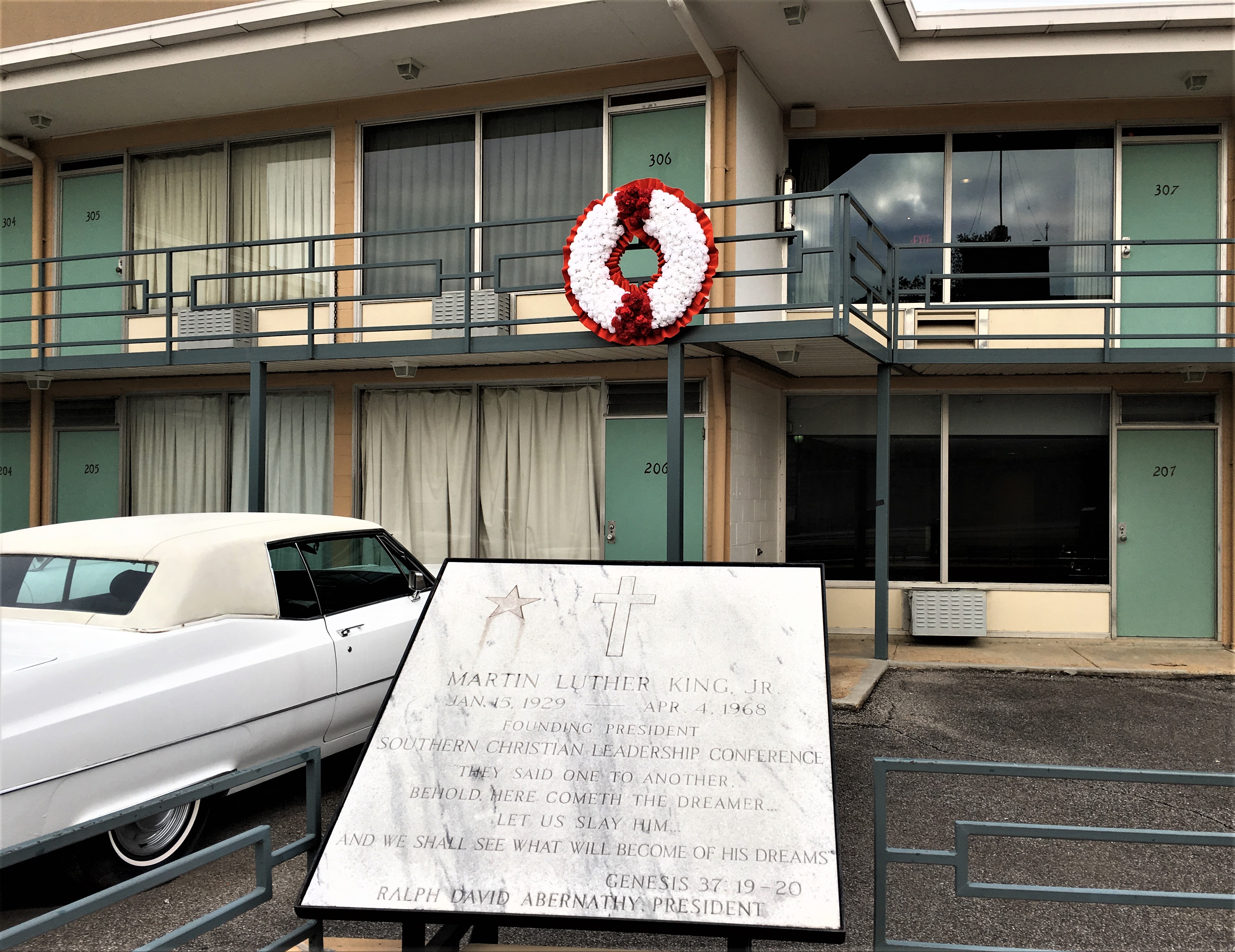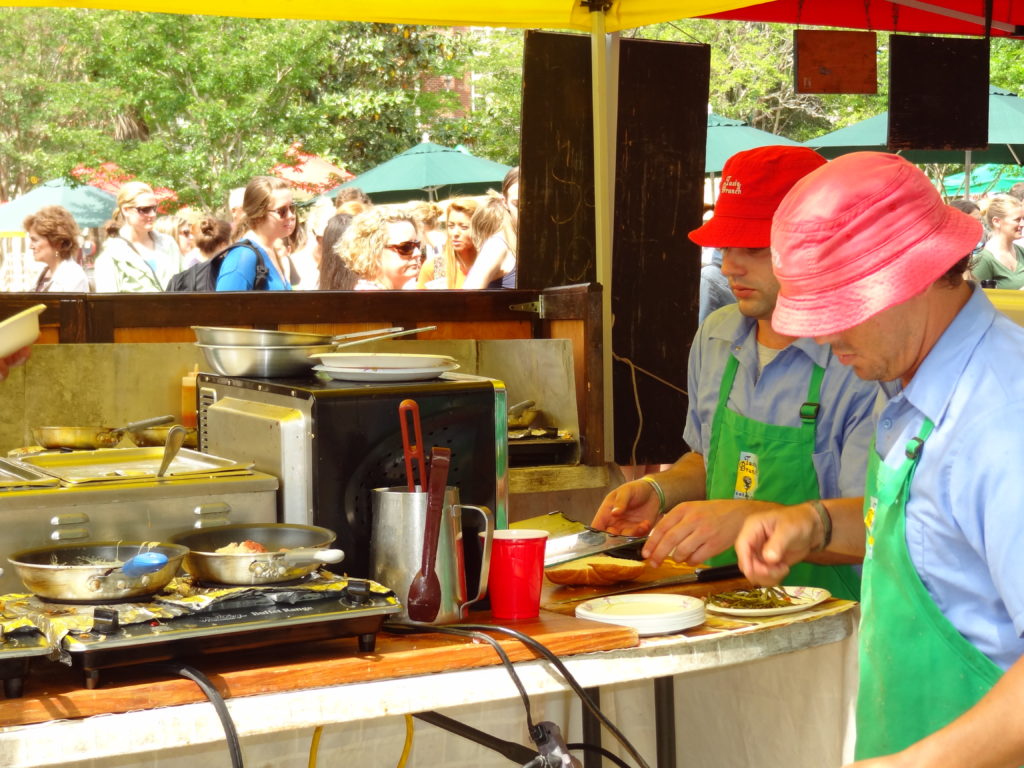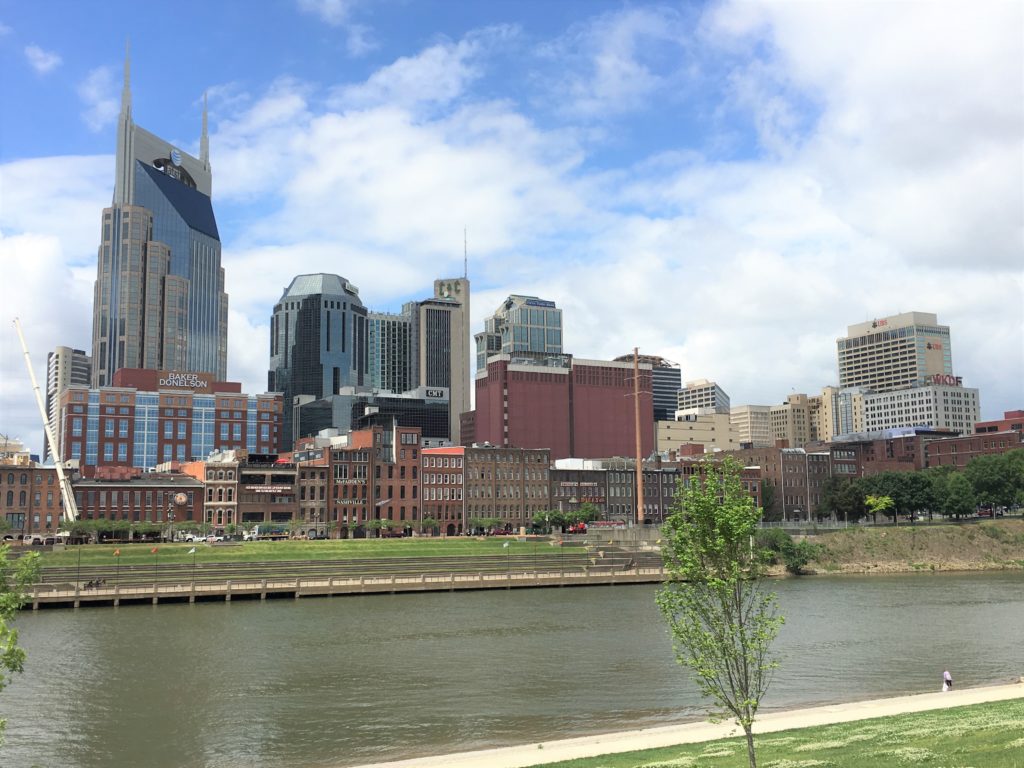Fifty years after Rev. Martin Luther King Jr. was assassinated in Memphis, I had a few hours in downtown Memphis after a client meeting. This is the gift of traveling for business – seeing the world – and I had only one mission, finding the Lorraine Motel where, standing on the balcony, Dr. King was killed.
When I was in college, I spent the evening alone in my dormitory parlor with a cheap bottle of red wine after MLK’s death. I was more politically active than my friends, participating in protests and sit-ins, or chronicling them as a student journalist. In all that time, I had never managed to travel to downtown Memphis, until now.
Staying near Beale Street, the honky tonk and blues music attraction, my colleague and I were actually looking for the incomparable Central BBQ’s downtown location, so we headed out on foot away from the touristy blocks down a commercial street, past several abandoned buildings and into a modest and unremarkable urban neighborhood. I had seen the National Civil Rights Museum on the city map but couldn’t tell by the map’s scale how close it was to the restaurant. I had no idea it was on the next block. Memphis is like that – a jarring mix of upbeat cultural appetites and dark history in close proximity.
How does a business or leisure traveler connect the dots of a map? Eyes open. Ears alert. Curiosity, a sense of adventure, a willingness to be surprised. The visual research in mind, navigating with the simple tools of Google Maps and my iPhone.
And so I was. We reached Central BBQ in 15 minutes, and then I saw the other sign – the Lorraine Motel. Its image was fixed in my memory from April 4, 1968. The establishment which had catered to prominent jazz and blues musicians, the door to Room 306, the balcony… the announcement by Ralph Abernathy. Across the street behind us was the apartment building where the shot came from. The vintage cars in front of his room. The scene felt so real, preserved in time, that it was eerie. Respectfulness, and humbling pathos, hung in the air.
“MLK50: Where Do we Go From Here?” is the theme of a year-long commemoration of the man and his era. Although that event will end, the National Civil Rights Museum next door carries on the legacy of his message, while the motel site, maintained by the National Park Service, is rimmed with informational historical markers and photos. It was near dark and a handful of other people silently walked from marker to marker as we did – solo travelers, young families, visitors from abroad, an interracial mix experiencing the scene with the same whispered reverence. I will not forget the quiet, the cavernous stillness of this evening.




